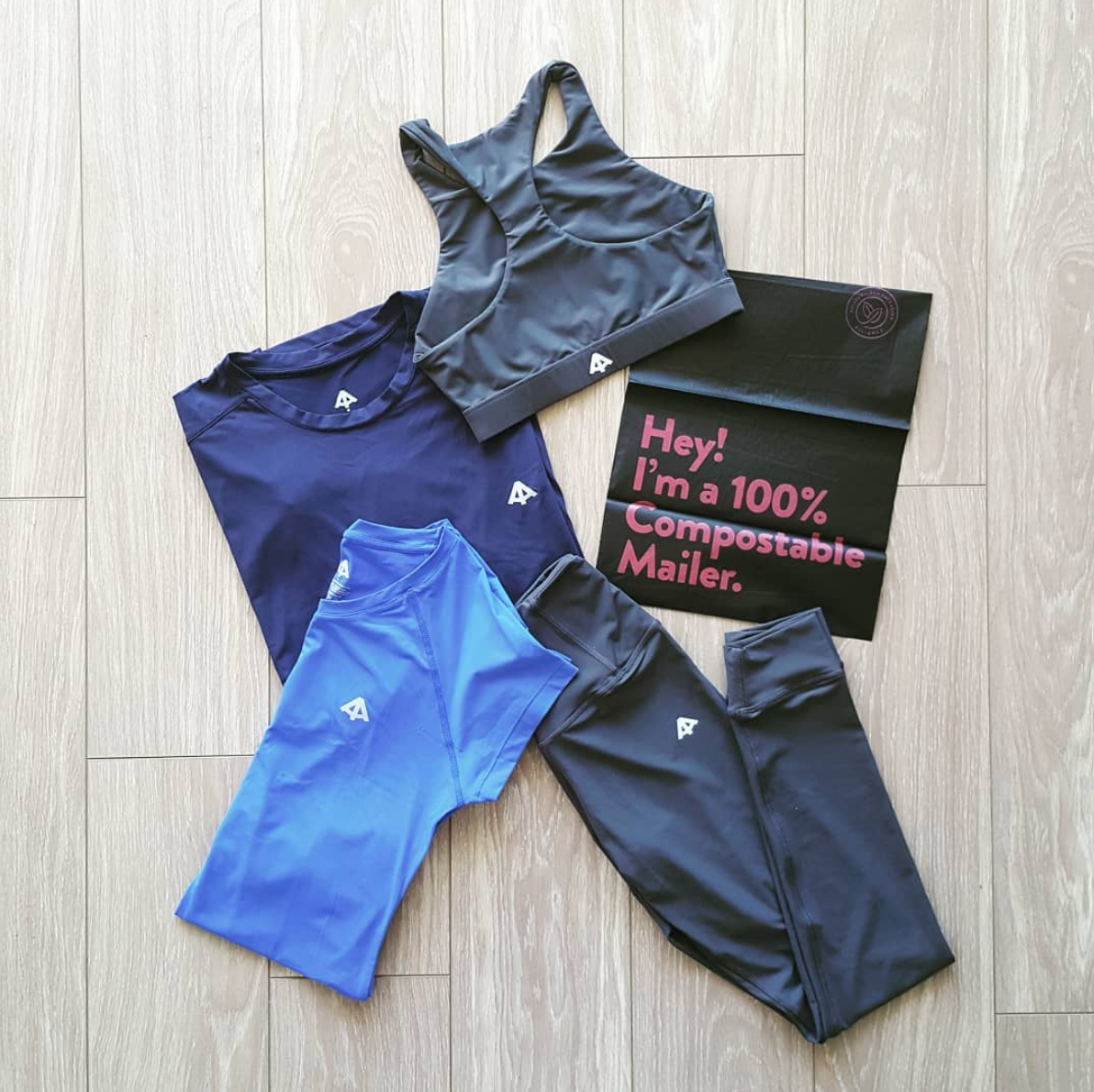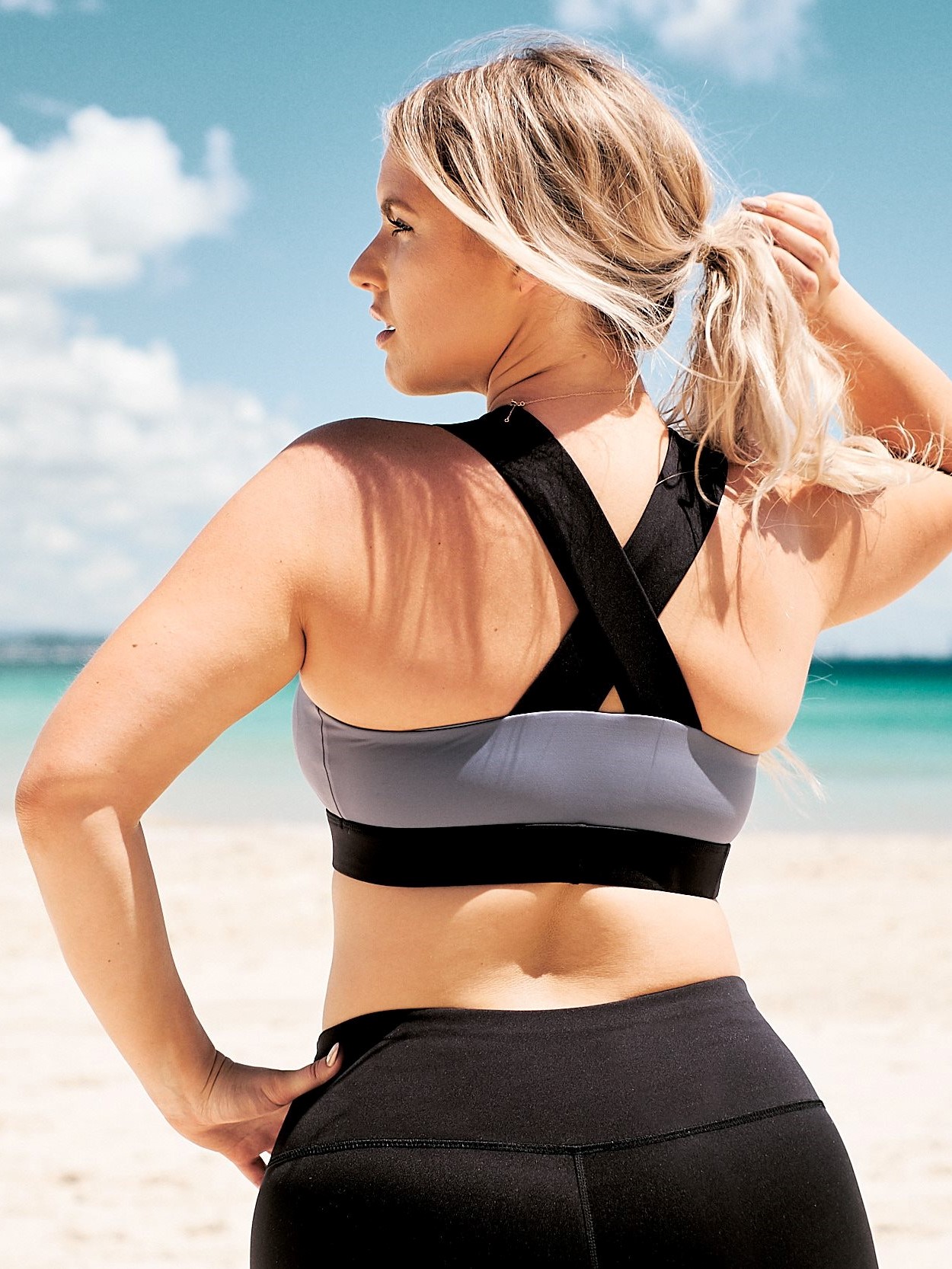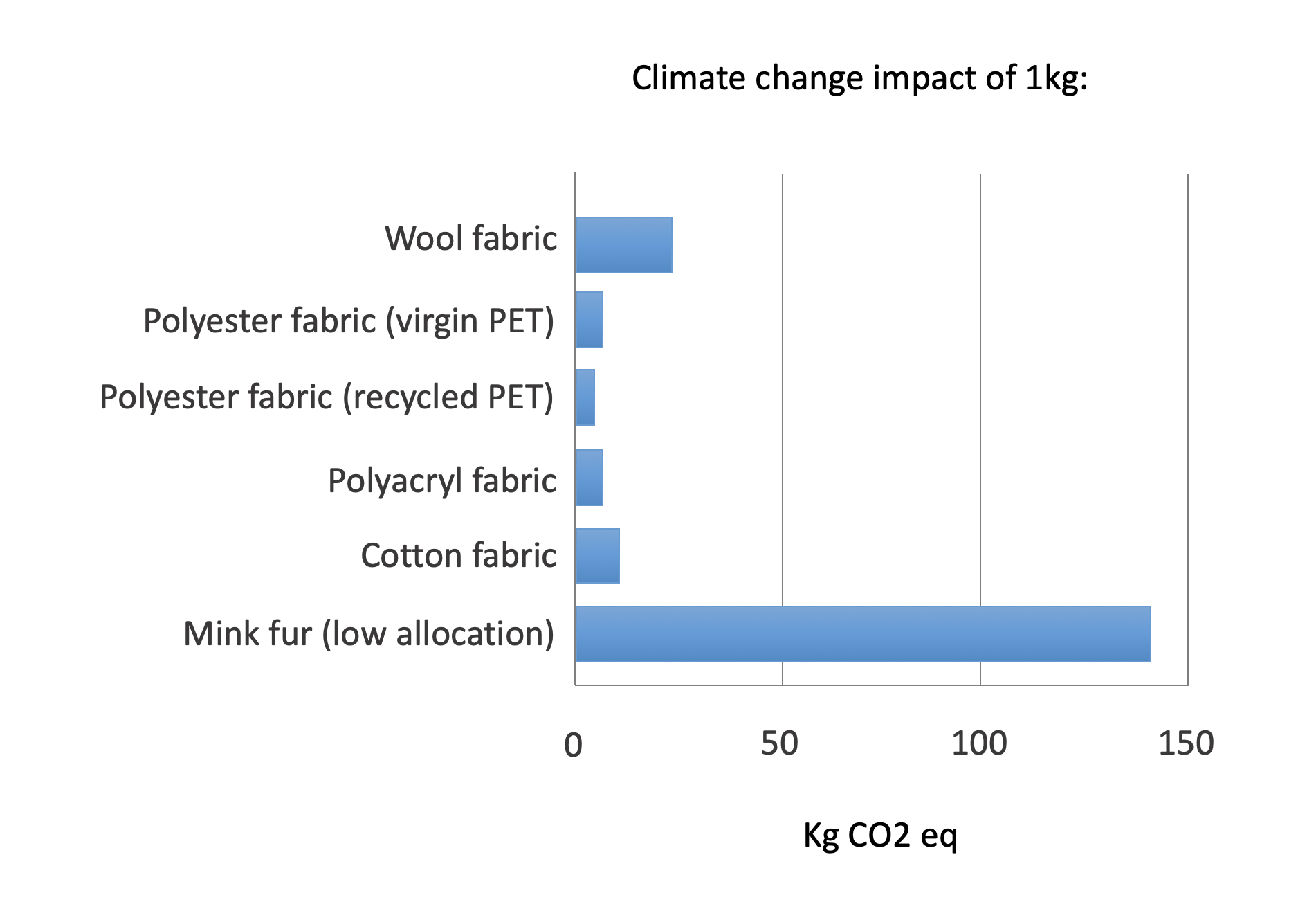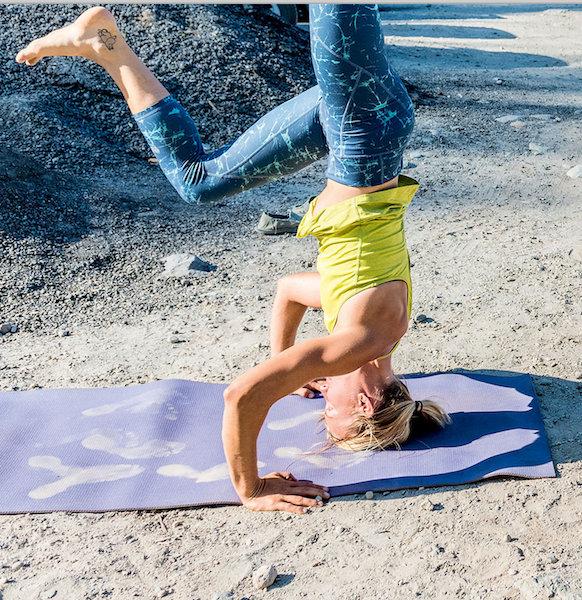Why Now is the Time for Athleisurewear Brands to be Sustainable
Time Magazine just declared climate crisis activist Greta Thunberg as the Person of the Year for 2019. 16-year-old Thunberg is the youngest person to receive this prestigious honor, and her win reflects the global demand for swift action on climate change. Fashion retail companies would be wise to take note of consumers’ needs for sustainability.

Activeapostle Activewear
Fashion wreaks havoc on the environment. In particular, when it comes to producing clothes associated with livestock, such as leather, fur or wool. Thus, the industry must strive to be more sustainable. While all fashion brands must make strides to improve the sustainability of their items, the sportswear market, in particular, is poised to become more sustainable.
Sportswear is comfy, stylish and lightweight, that’s why many customers of all ages are opting for athleisure. Athliesure rarely uses fur or leather materials; moreover, bras, leggings, tanks or shots can be made easily from eco-friendly products. Top athletic wear brands, such as Cozy Orange, Columbia and Patagonia, work with textile manufacturers to create eco-friendly products. Professional sports leagues, such as the NBA and NFL, are also teaming up with athletic wear brands to develop eco-friendly products.
The NBA has teamed up with Adidas to create clothing made from at least 60% recycled materials. Similarly, in 2014, the Detroit Lions launched jerseys made from Repreve fabric, a select type of fabric composed of recycled plastics. Repreve fabric takes plastic and cleans, chops and melts it into microplastic chips. The plastic chips are then ultimately turned into recycled fibre used to make fabric. Repreve fabric is a brilliant example of how recycled plastic can be used to produce professional grace athletic gear.
How can brands be more sustainable?

Ethical Activewear
Good, sustainable brands ensure consideration of chemical, water and waste management, and farming practices. The graphic below, created by the independent research consultancy CE Delft outlines the climate change impact of 1 kg of some of the most popular clothing materials.

The Fashion Revolution assesses how sustainable fashion brands are based on five key areas. Brands can use its criteria as a barometer to asses how to improve sustainability at their organization:
-
Policy: What are the brand’s social and environmental policies?
- How is the brand putting its policies into practice?
- How does the brand decide which issues to prioritize?
- What are the brand’s future goals for improving its impact?
-
Governance
- Is there a broad level of responsibility for the company’s social and environmental impacts?
- Can a relevant department or individual be quickly contacted with questions?
- How does the brand link human rights and environmental rights to its employee and supplier’s performance?

Girlfriend Collective
-
Traceability
- Does the brand publish a list of its supplies from manufacturing to raw material level?
- If so, how much detail do they share?
-
Know, show, fix
- How does the brand asses the implementation of its suppliers’ policies?
- How does the brand fix problems if they’re found in its suppliers’ facilities?
- Does the brand disclose assessment findings?
- How can workers at factories report grievances?
5. Spotlight issues
- What is the brand doing to address gender equality and female empowerment?
- What is the brand doing to support living wages and a healthy environment?
- What is the brand doing to tackle waste and recycling, sustainable production and climate change?
The Bottom Line

Patagonia Activewear
Climate change is revolutionizing the world, and brands that fail to implement sustainable practices will be left behind. We at the Unique Group are leaders in crafting sustainable apparel solutions. If you would like to improve your brands’ sustainability, please give us a call for a consultation.
